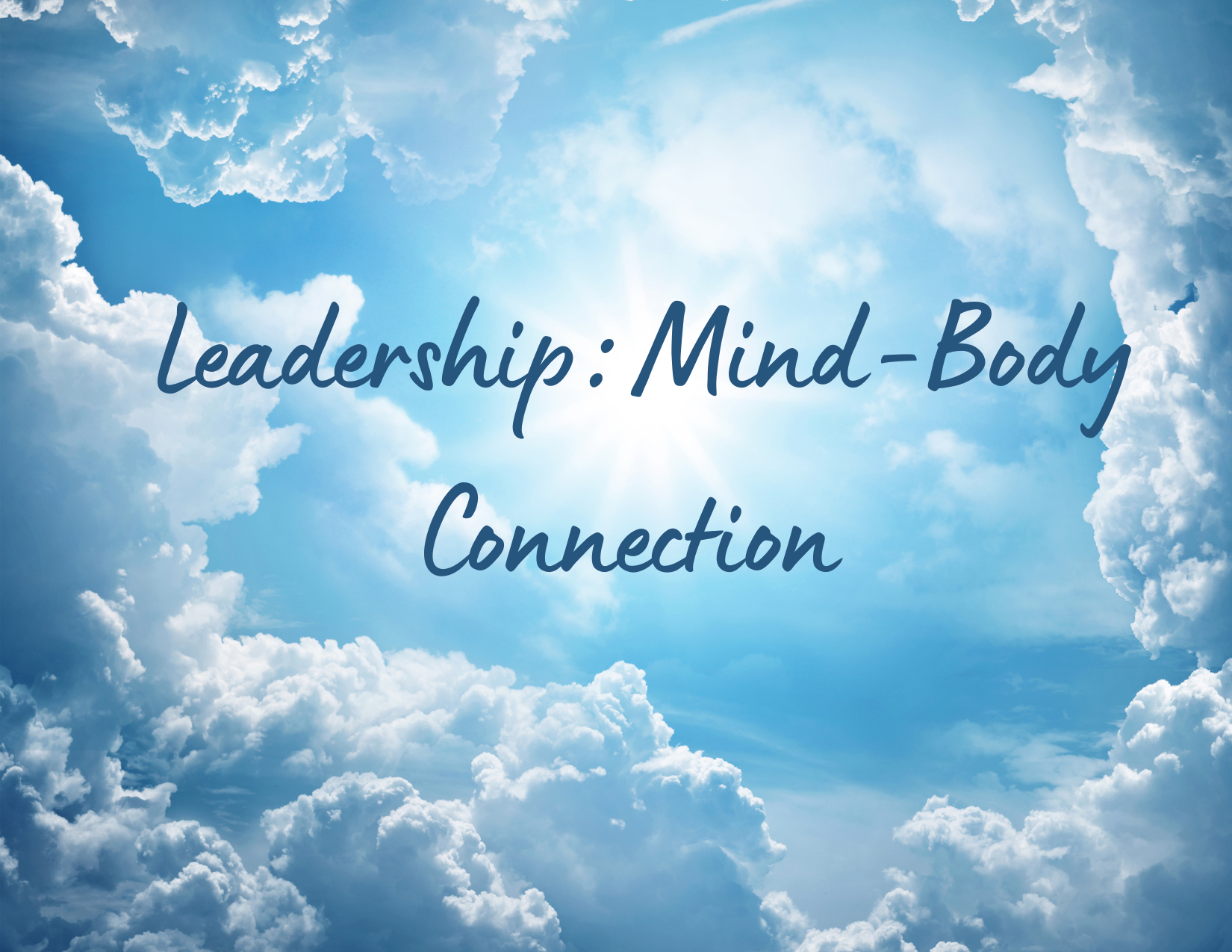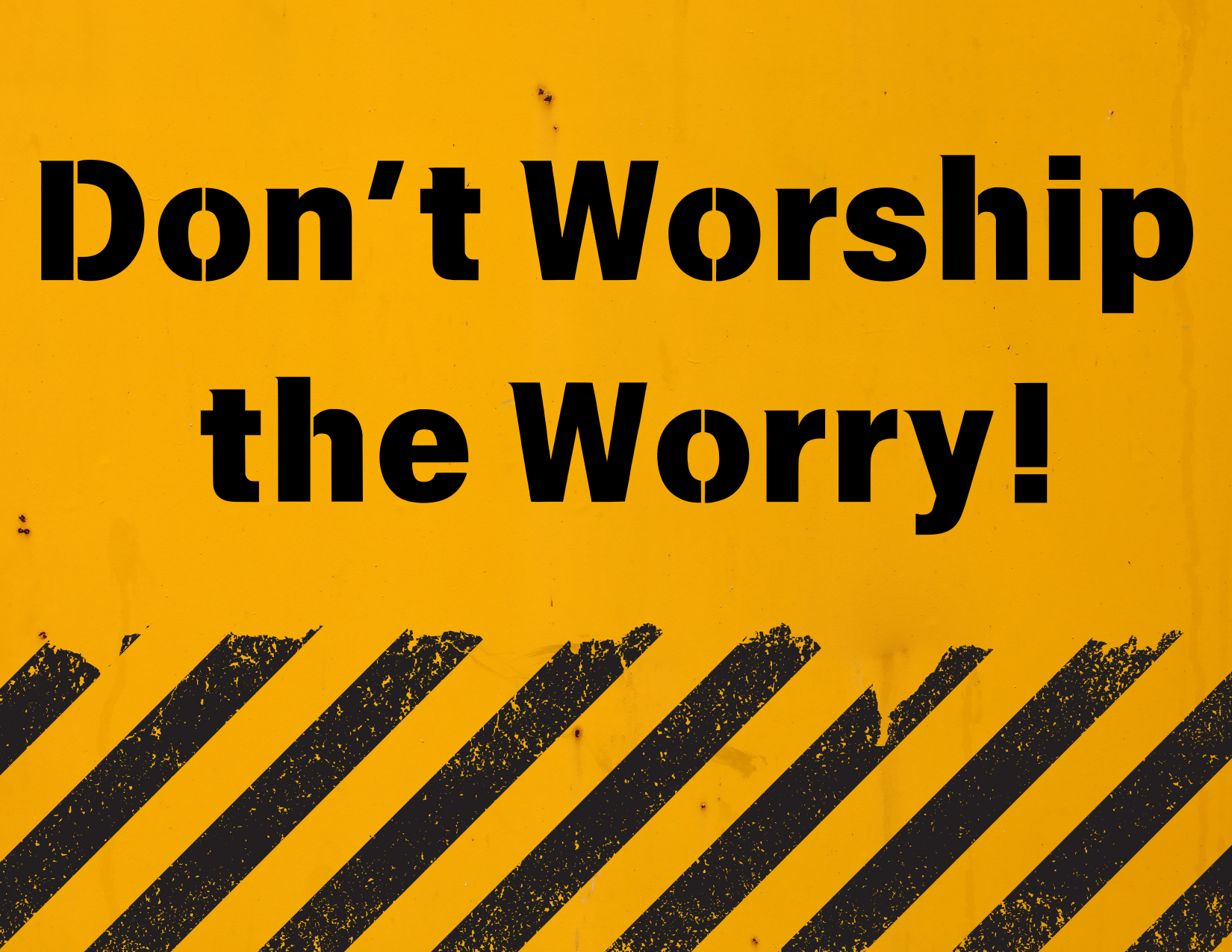Part of the ritual of driving my daughter to school is listening to music. A few months ago, she hopped into the car and grimaced because I was listening to Daniel Goleman’s book “Emotional Intelligence.” After asking, she disconnected my phone and selected her phone for Apple CarPlay. We then listened to a song by Summer Walker featuring SZA, and about 43 seconds in, I looked over at her aghast, and she switched it to “Eternal Raijin” by La Esparza.
Upon arriving at school, she disconnected her phone, and my phone took back the reigns and started at random to play “Even Flow” by Pearl Jam. It was a shock as it was not what I had been listening to last; my phone seemed to start a playlist randomly. I reached out desperately to deselect the song, and then I stopped because I knew I was intentionally trying to avoid remembering.
Why is it that hearing a song can transport you to a time and place that evokes raw emotional memory? I felt the weight of that time as if it was the present day.
The song took me back to October 2013, running across the finish line at the Baltimore Running Festival Half Marathon. I was in the absolute best physical shape of my life; I had a fantastic PR. I completed the race in an hour and fifty-six minutes and ran about eight minutes and fifty-one seconds per mile. But guess what? I was in the worst mental shape of my life and was close to a breaking point.
The next song cut to the bone again, “Prayer for the Dying” by Seal.
“I may not know what you’re going through, but time is the space between me and you….”
In October of 2012, my father passed away from pancreatic cancer, a disease I was intimately familiar with because I had been a professional fundraiser who raised funds for pancreatic cancer research. I would listen to the song on my Southwest flights when traveling to my parent’s home, where my father was in hospice care. I always chose a seat by the wing, turning my head so I could cry.
I have about a ten-song commute to work. I was dreading what was next. “If I Ever Feel Better” by Phoenix.
“They say an end can be a start
Feels like I’ve been buried, yet I’m still alive
It’s like a bad day that never ends
I feel the chaos around me
A thing I don’t try to deny
I’d better learn to accept that
There are things in my life I can’t control….”
This took me to the time of my separation and subsequent divorce in March 2013.
So why am I dragging you down this somber path? To relay a simple message, as leaders and employees, our mental state matters because if we are not okay, we are most likely not going to show up in the way we need to for ourselves, our loved ones, our teams, and our employers.
In 2022, almost everyone in the workplace is exhausted. Managers and leaders are under tremendous stress as expectations and workloads increase, while managing employees requires more time and energy. It is easy to ignore facing the fact that we need more than one day off or a good night’s sleep. Strength and understanding about what ails us can come from within; however, we often need the help of professionals to diagnose what is happening in our minds and bodies and formulate a plan for a healthier version of ourselves.
Many of us need extra help and guidance, but there can be a stigma or perception that seeking help is a sign of weakness, failure, or a limiting factor that will result in us being treated differently at work. No one is immune from mental illness or mental disorders. They can affect everyone and anyone. There are also varying degrees of severity of mental illness and mental disorders that need different approaches for treatment.
According to the 2022 Mental Health in America (MHA) report, conducted by MHA, a non-profit focused on the needs of those experiencing mental illness, approximately fifty million adult Americans are suffering from mental illness. That is almost twenty percent of all adults in the United States. This number is about three million more people than in previous years. Of this number, nearly fifty percent of these adults are receiving no treatment, and five percent of people report thoughts of suicide which is also an increase over previous years.
During the time in my life that I have described, I sought out therapy to help me process all the pieces of my life. I needed to deal with my trauma, reexamine who I was, what I wanted, where I fit in the world, and where I was going. It was a moment of reconciliation and recalibration. One of my mantras is “know thyself,” and sometimes, I need help unpacking all those pieces, and when those moments come, I don’t hesitate to get the help I need.
We are human, and life happens, and there will be happiness followed by sadness followed by happiness, and for some, there is nothing but sadness with a wish for happiness but persistent sadness. Therefore, I invite you to tend to yourself and seek out the help of a health practitioner when you need it because you are worth the investment. If you are feeling suicidal, please seek help immediately. The National Suicide Prevention Lifeline is one source of support.
The “don’t” and “do” chart below highlights some very basic self-care tips.








